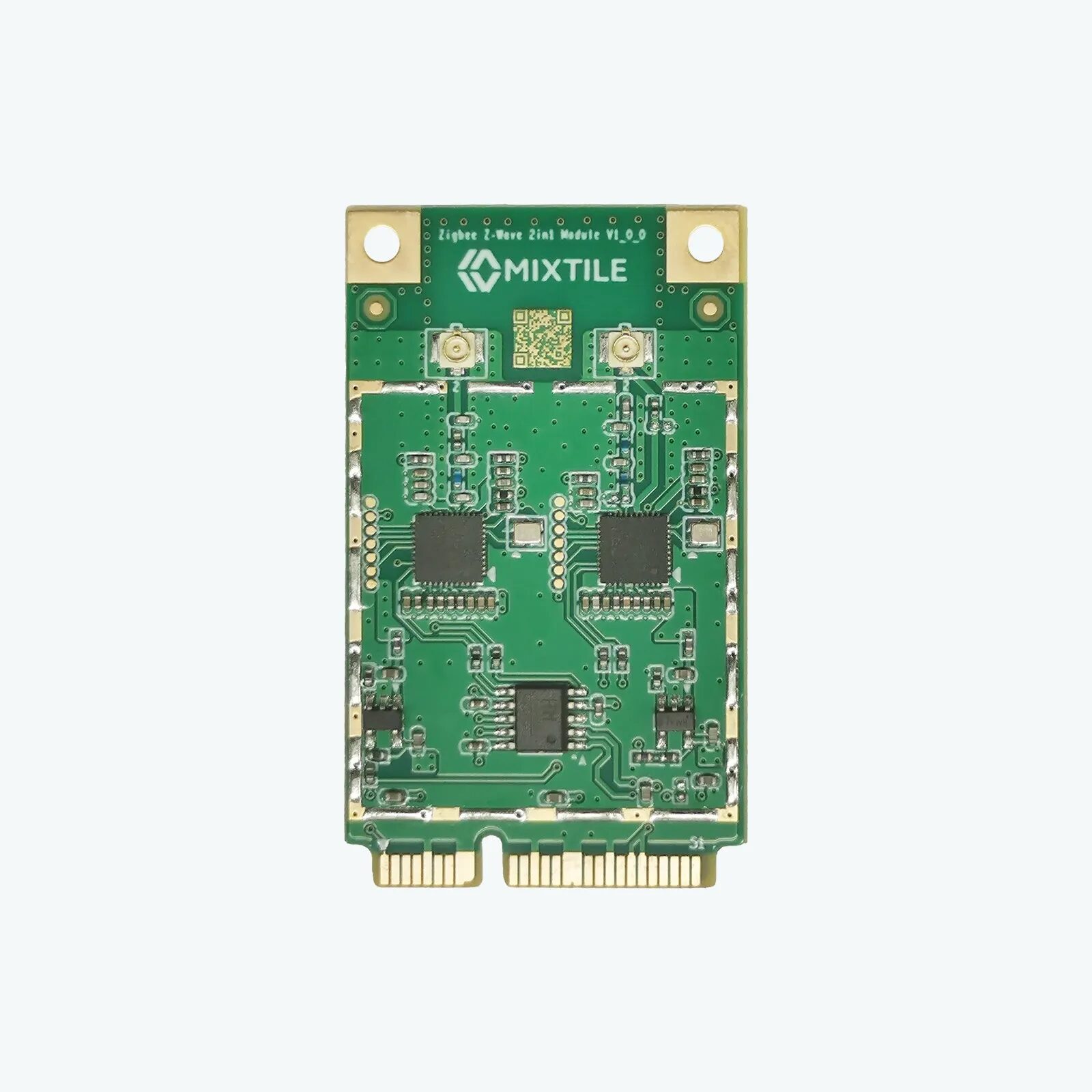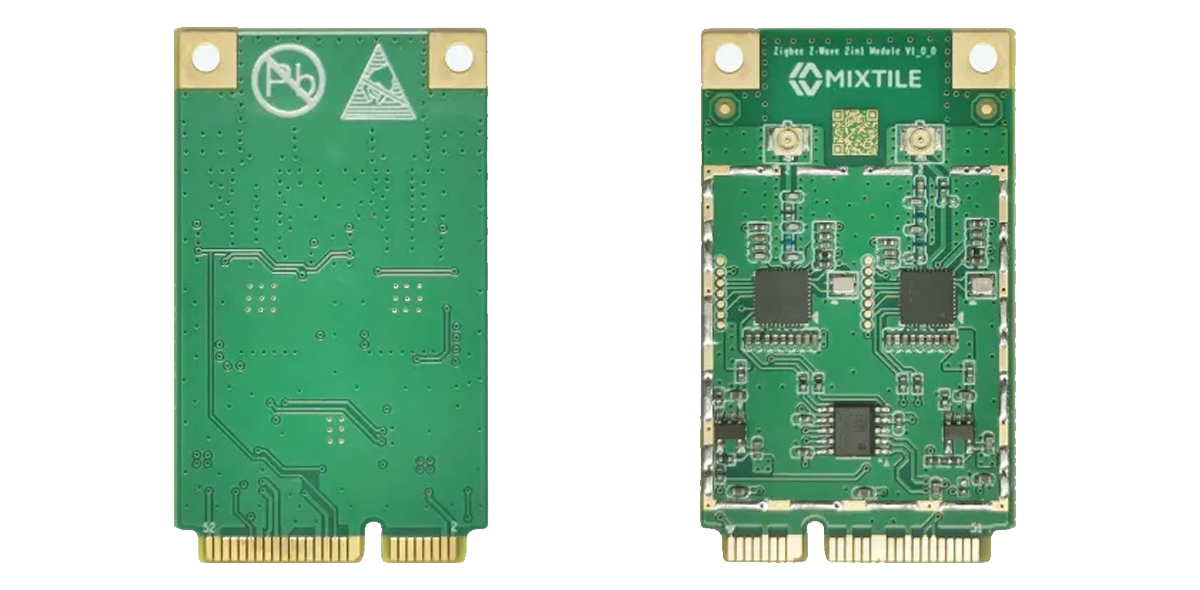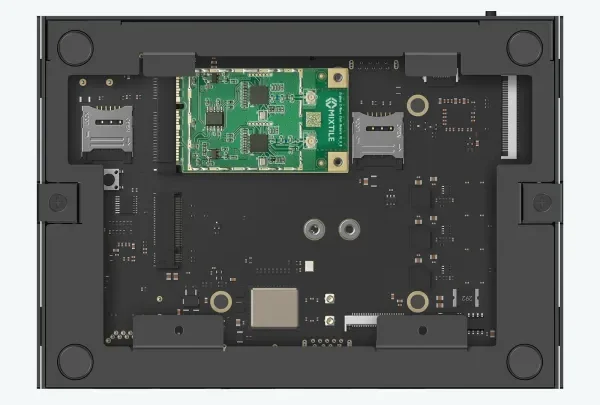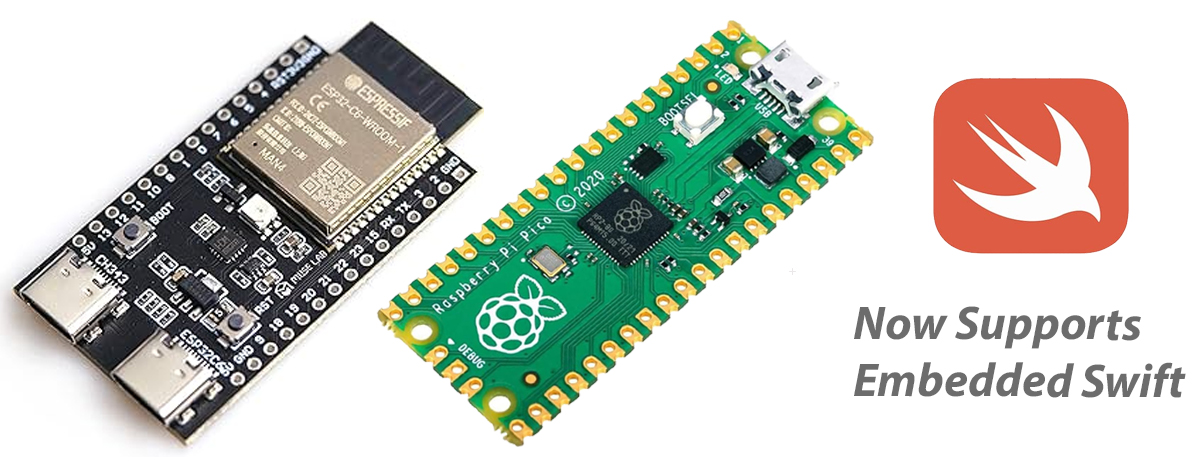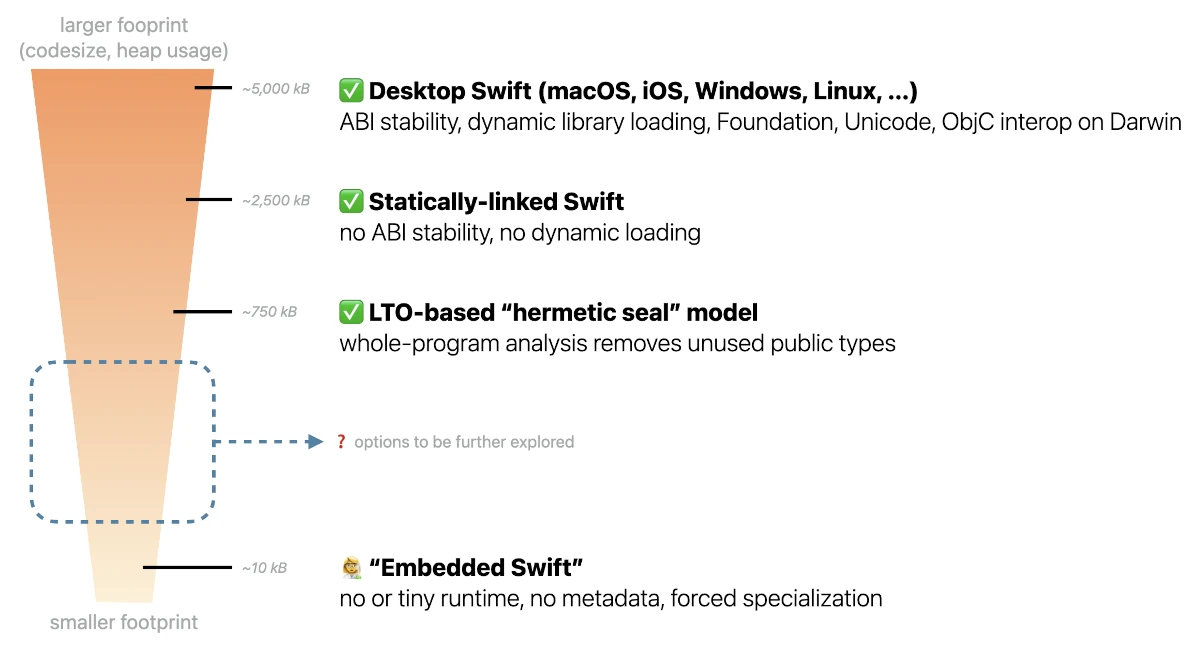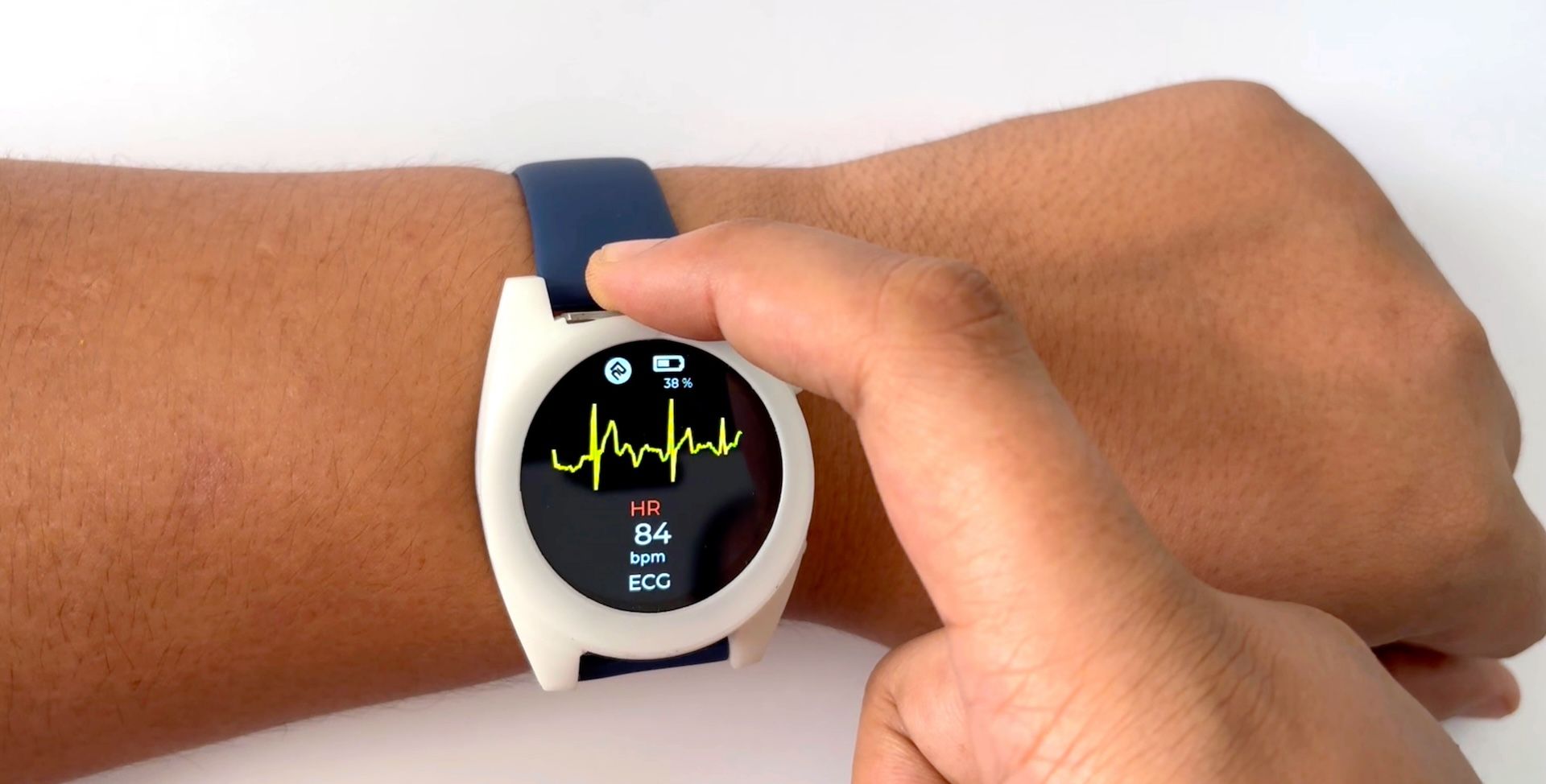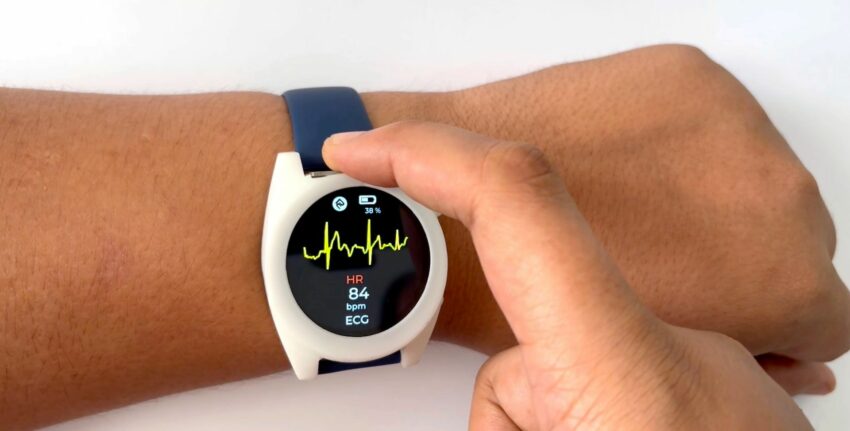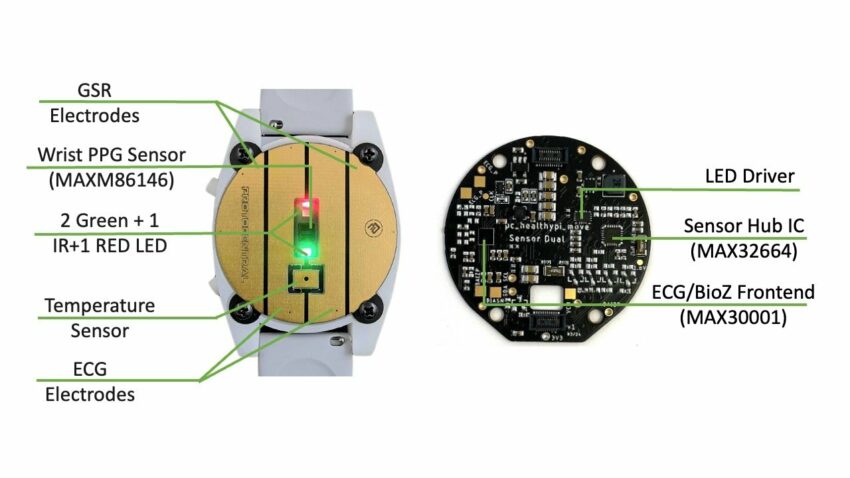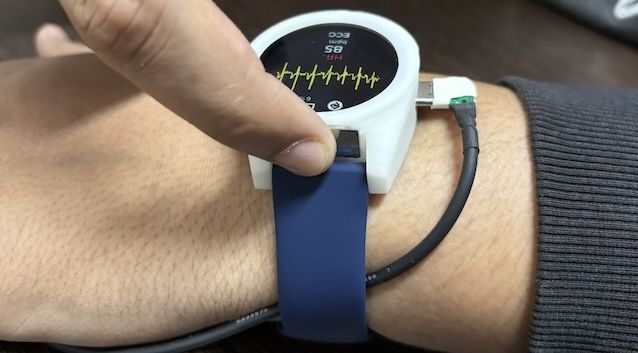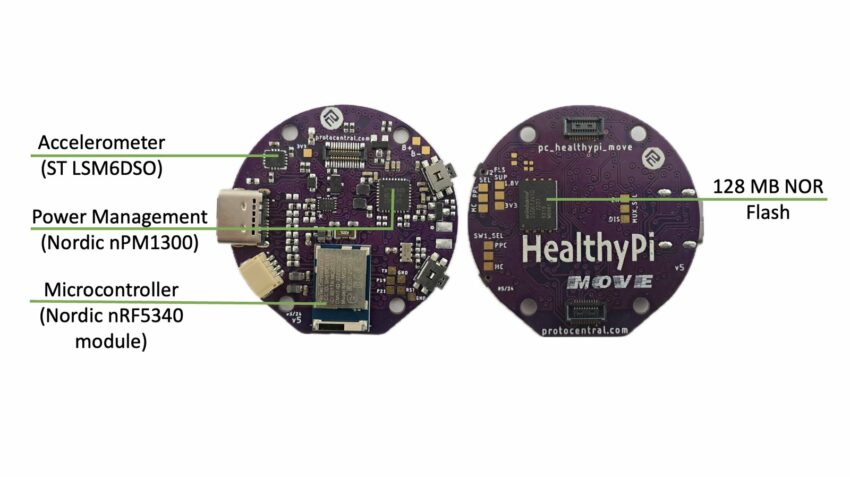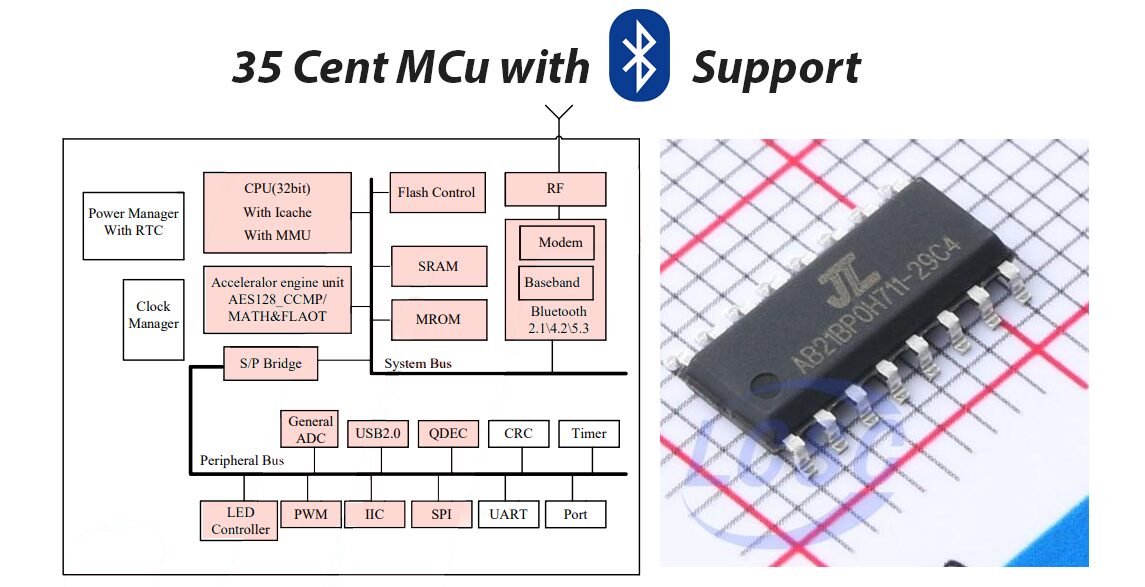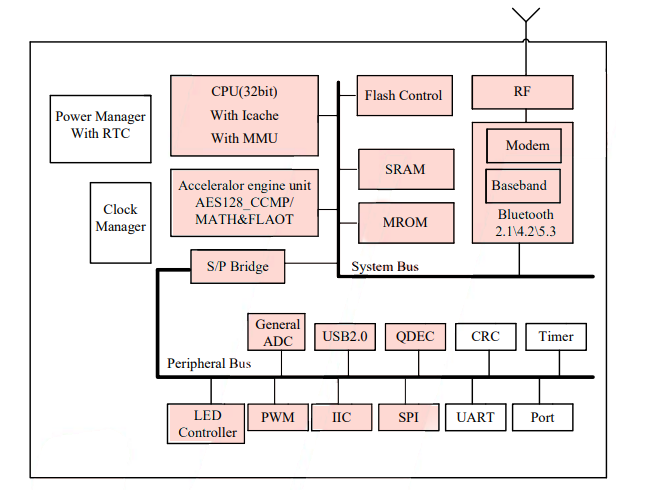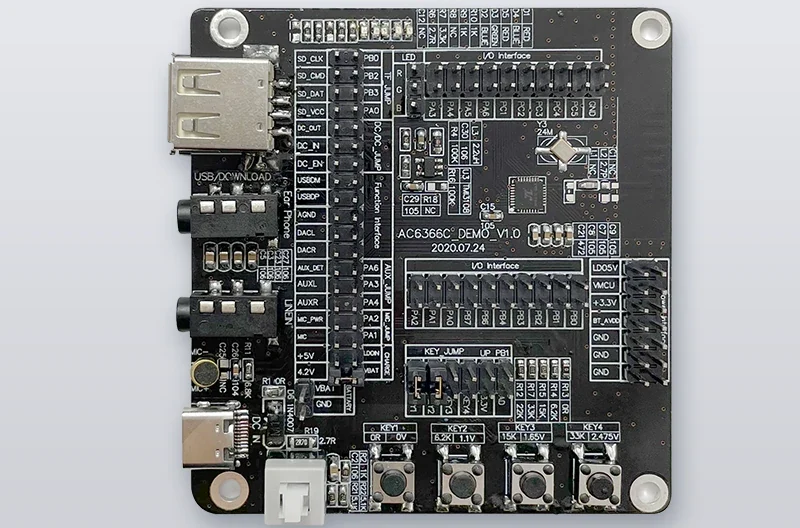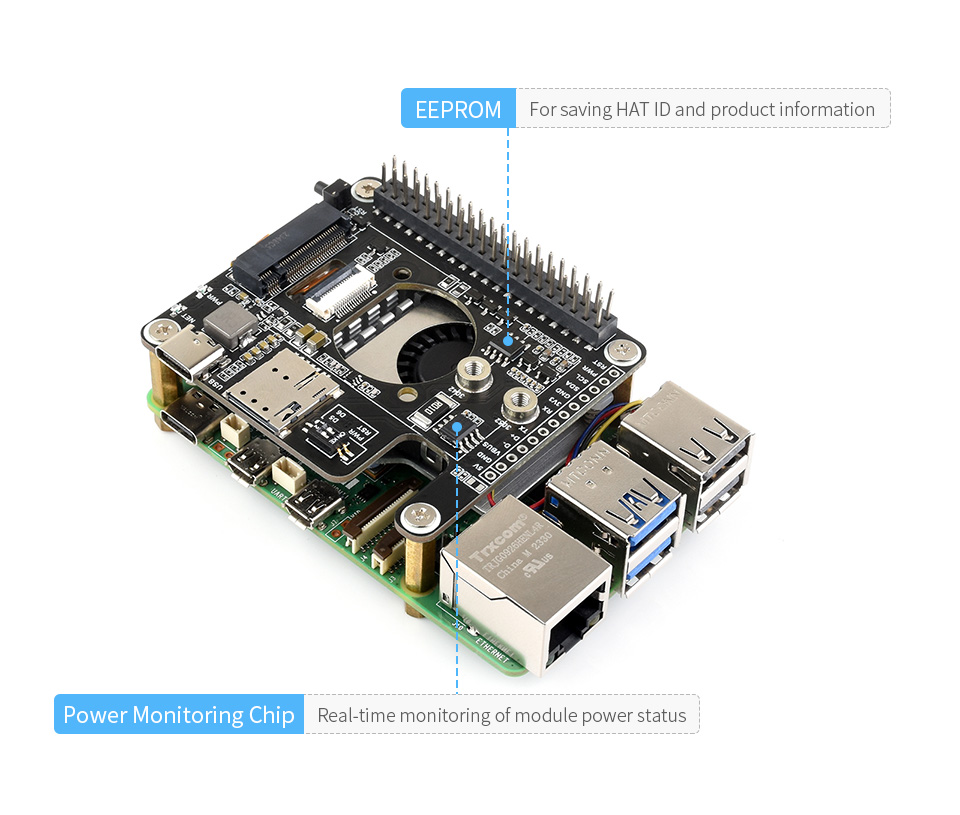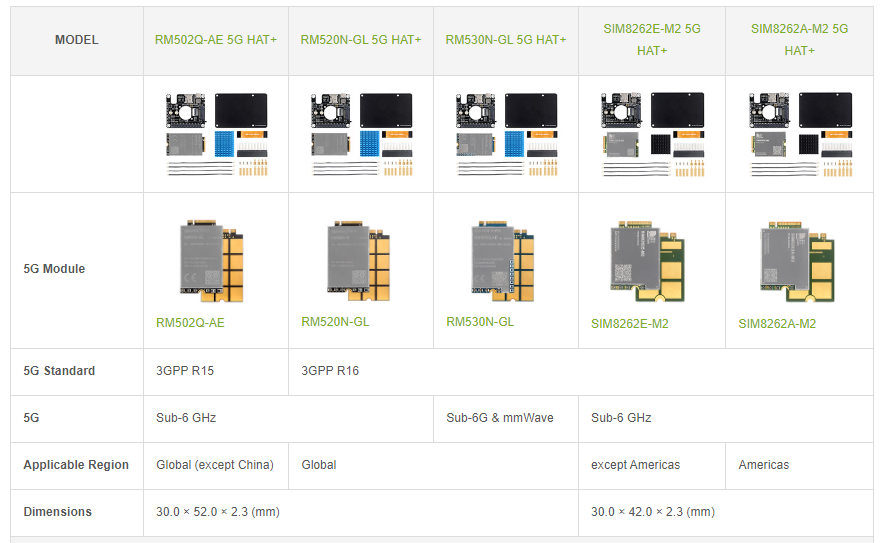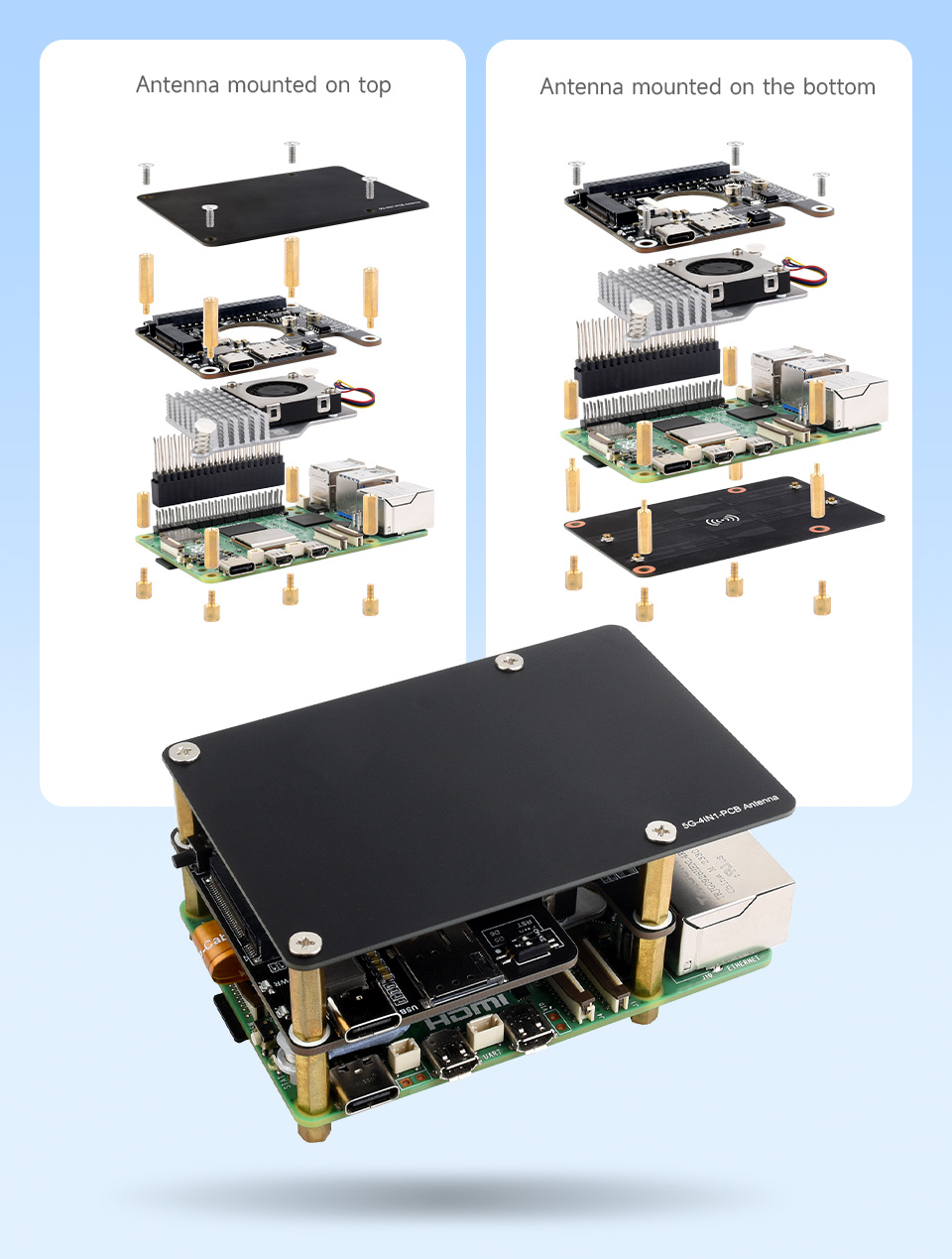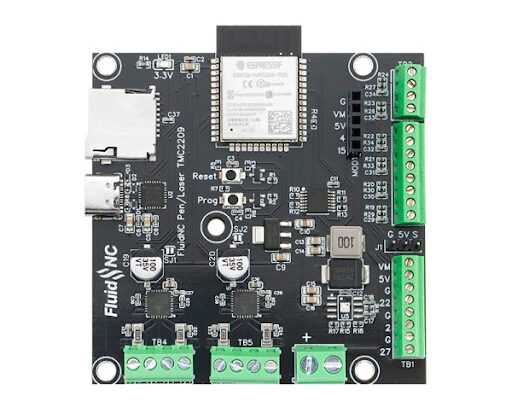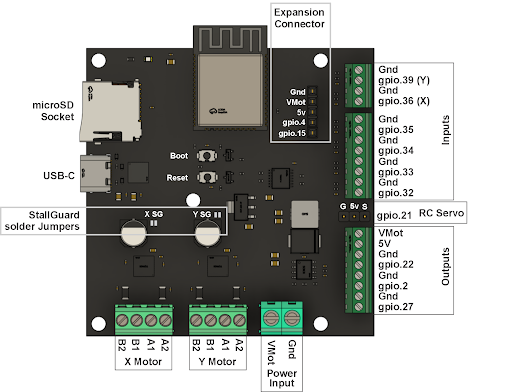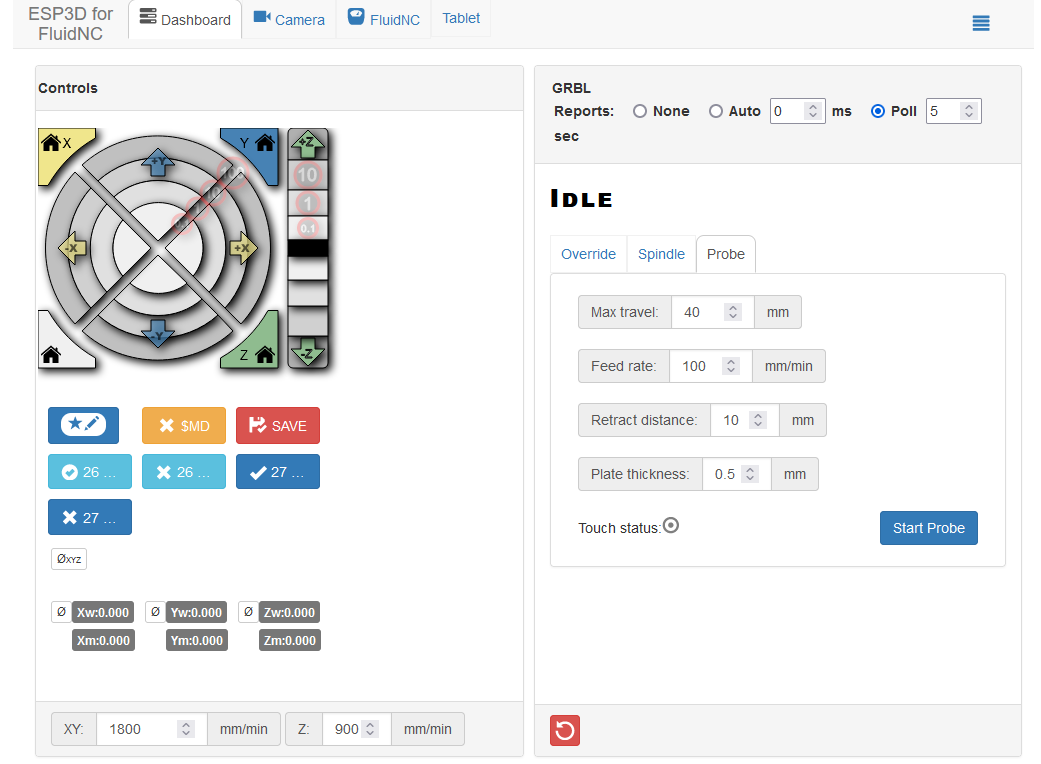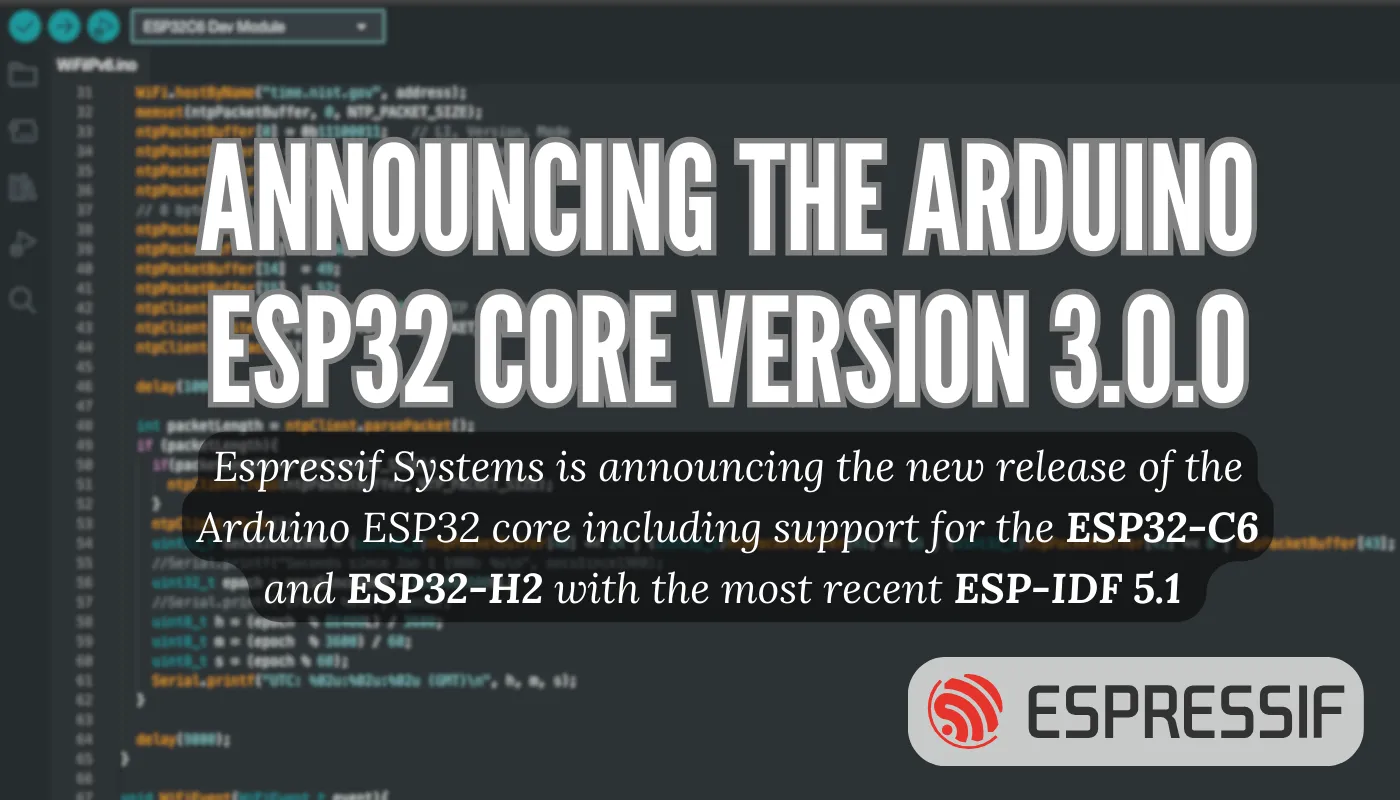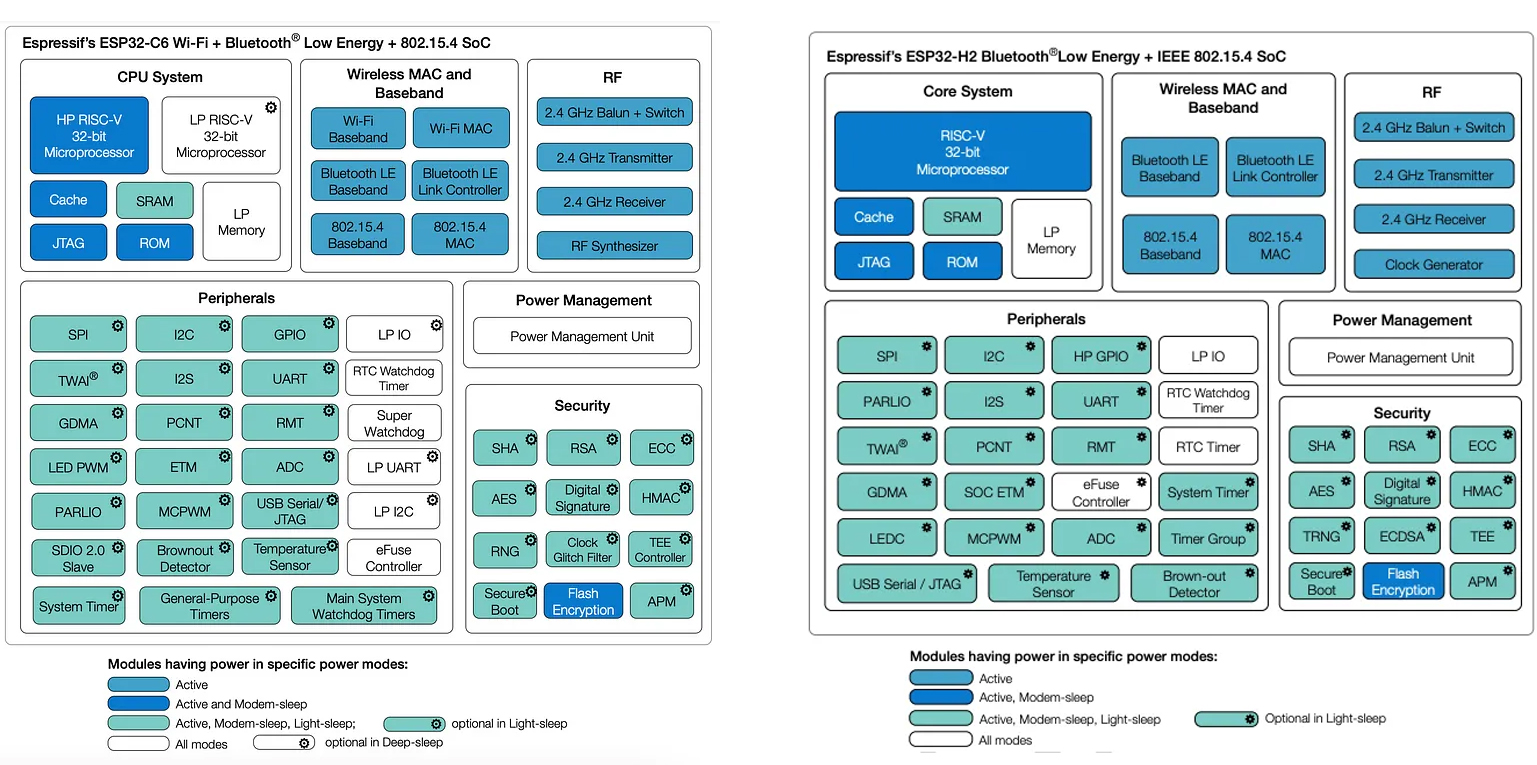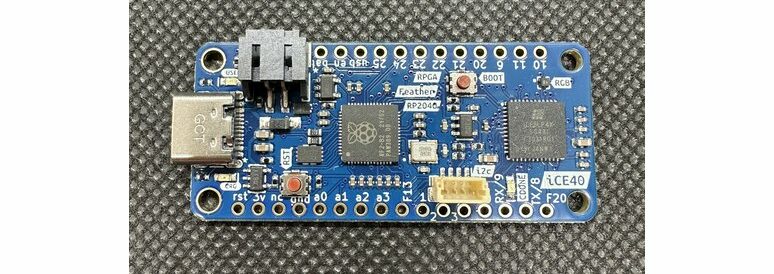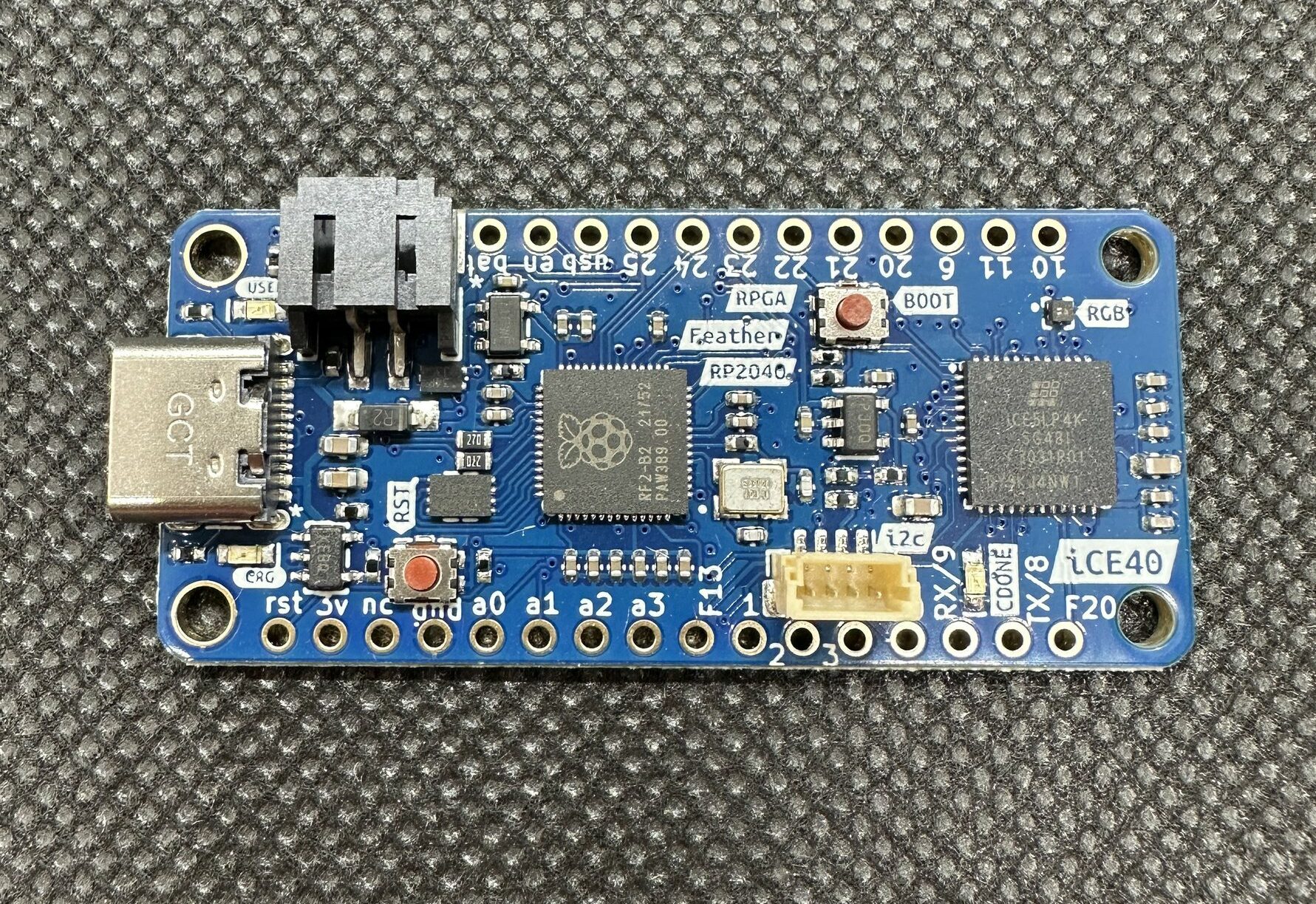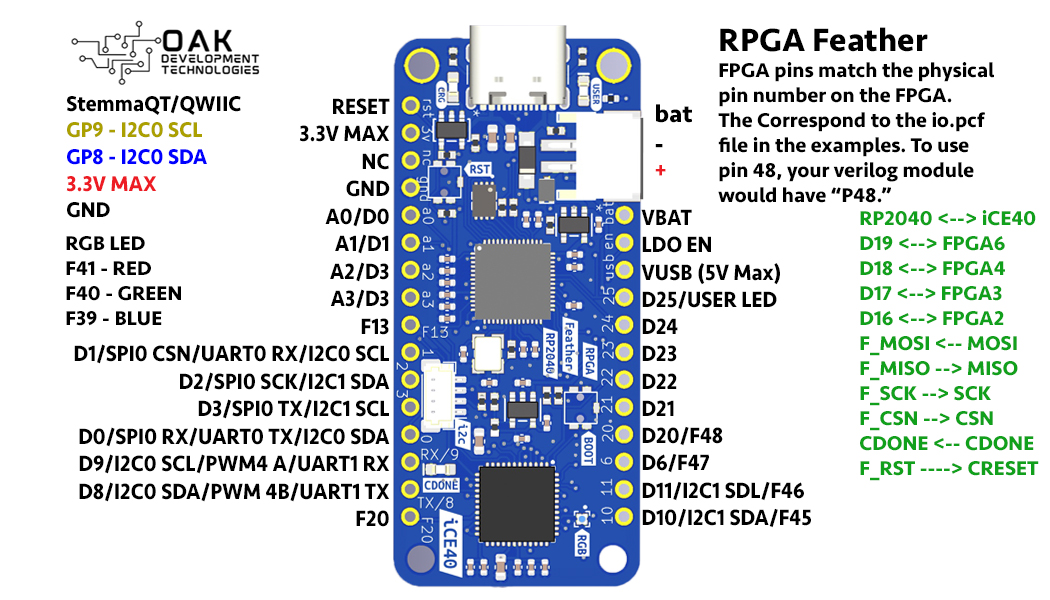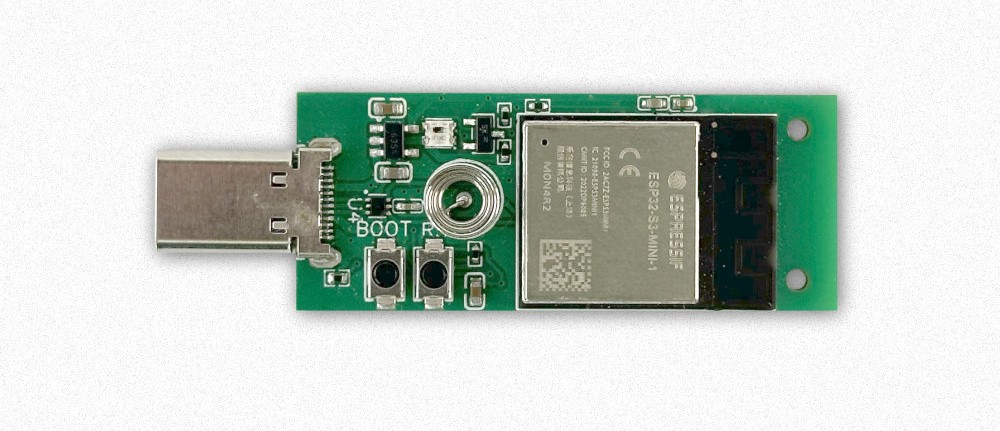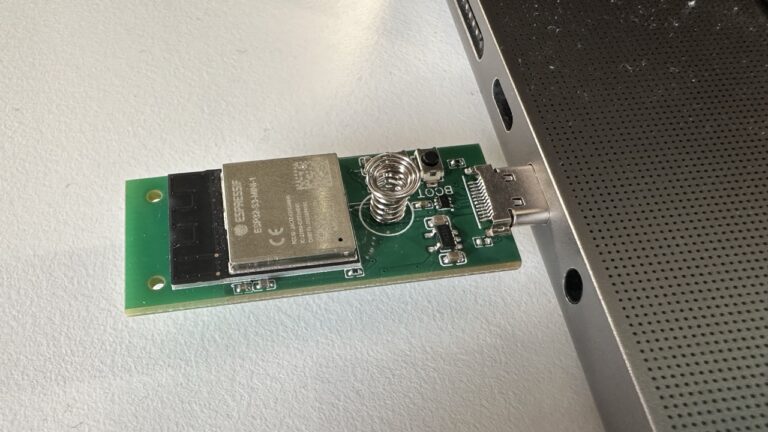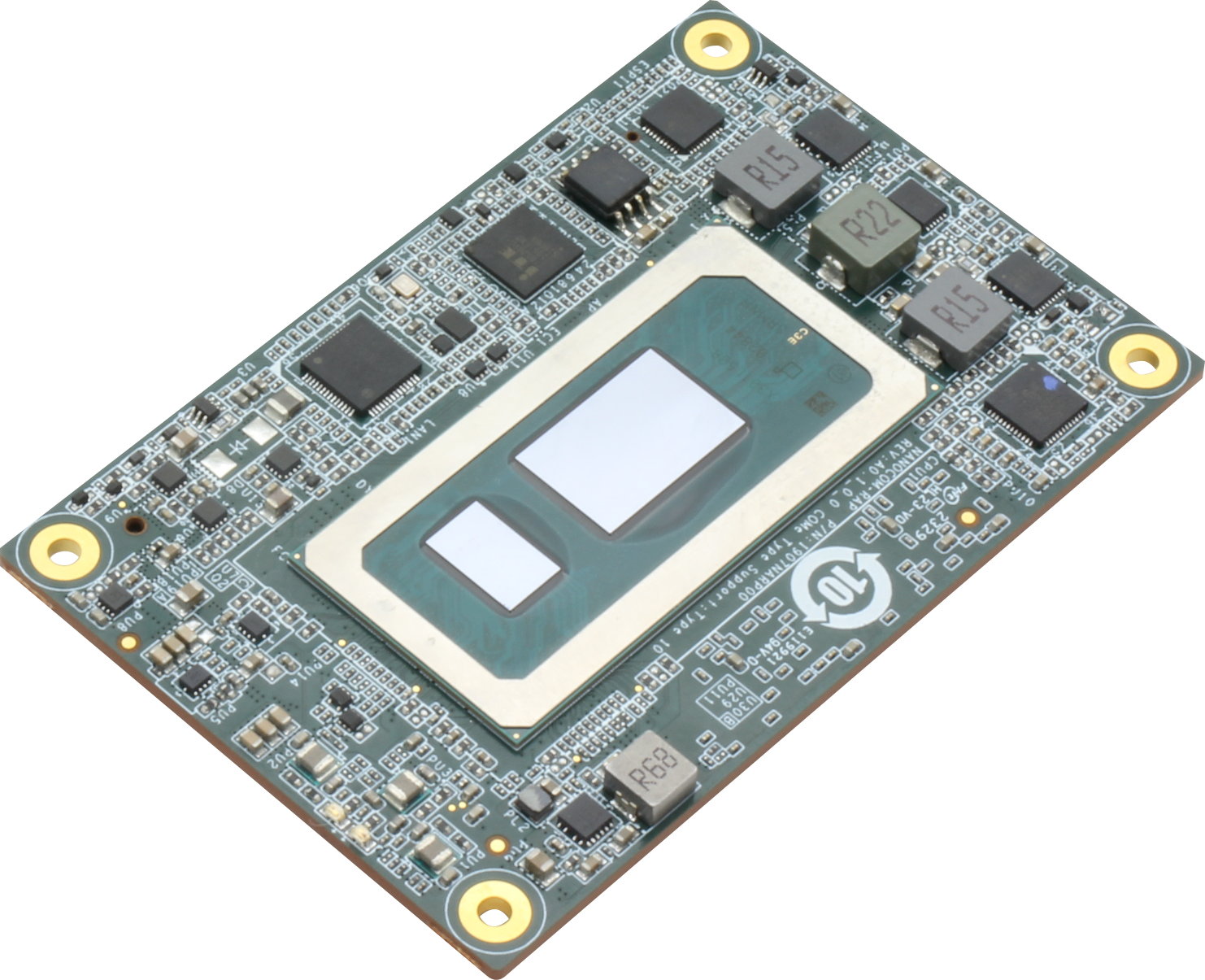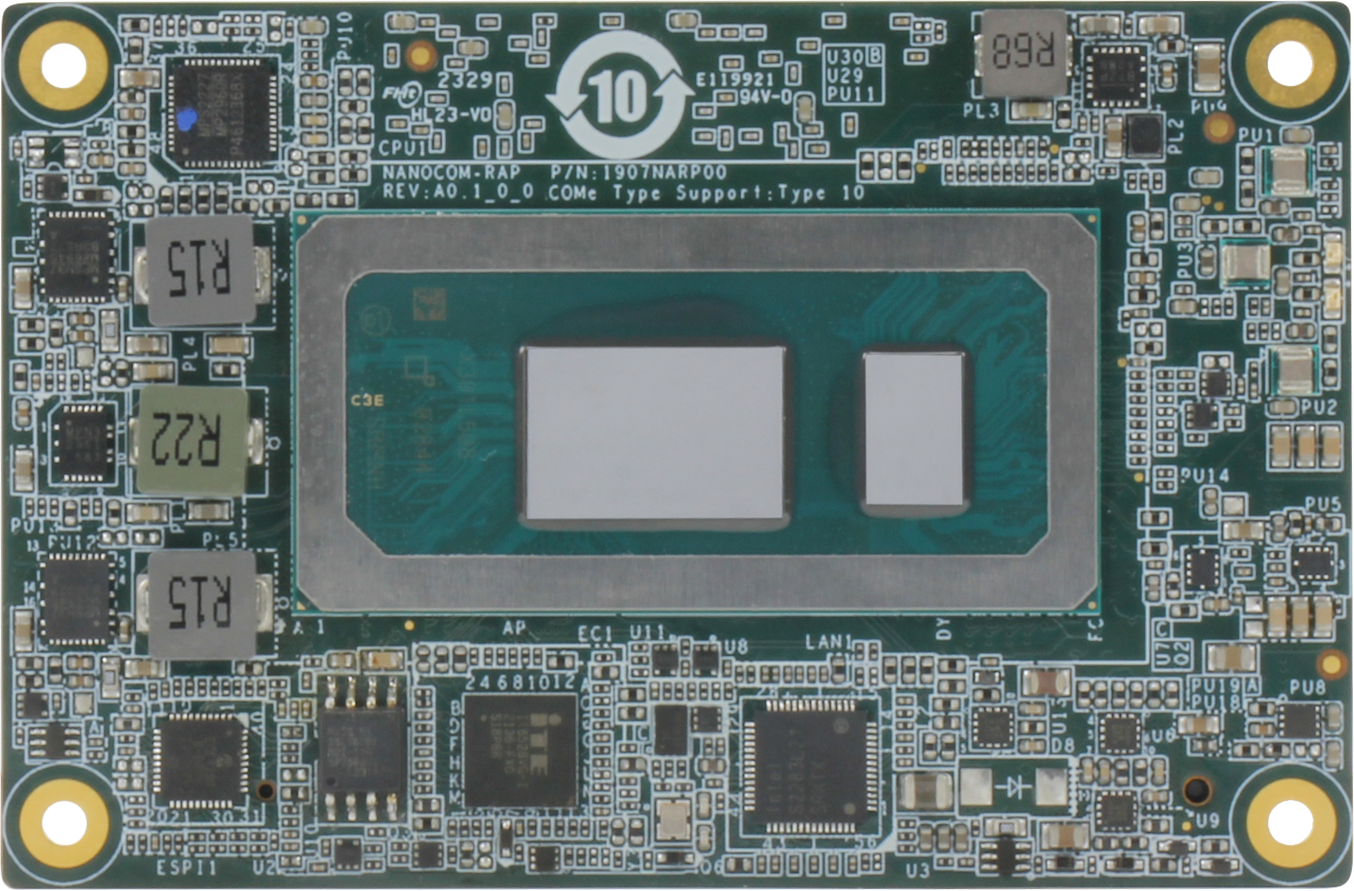The Mixtile Zigbbee & Z-Wave Interface card is designed to provide Zigbee & Z-Wave capabilities to IoT gateways and other devices. The module has an M.2 connector and can be integrated with the Home Assistant and other similar dev platforms. The module is relatively inexpensive and enables Zigbee, Thread, Matter (with future firmware updates), and Z-Wave capabilities into your smart home setup. This module is compatible with any IoT gateway that features a mini PCIe interface and runs Home Assistant, making it an ideal addition to the Mixtile Edge 2 Kit IoT gateway.
This module works with any device that has a mini PCIe socket and USB 2.0 interface like the Mixtile Edge 2 Kit. The only catch is that you need additional space for two IPEX-1 antennas that need to be connected to the board. Previously we have written about SparkFun Thing Plus Matter, which uses an EFR32MG24 chip to enable IEEE802.15.4 and Bluetooth Low Energy connectivity.
Mixtile Zigbee & Z-Wave Interface Specifications
- Module Type: mPCIe interface module
- Supported Interfaces:
- Mini-PCIe with USB 2.0 support
- Transceiver 1 (Zigbee, Matter, Thread):
- SoC: Silicon Labs EFR32MG24
- Radio MCU: IEEE 802.15.4 multi-protocol 2.4GHz
- TX Power: Up to +19.5 dBm
- RX Sensitivity: -105.4 dBm (250 kbps)
- Transceiver 2 (Z-Wave):
- SoC: Silicon Labs EFR32ZG23
- Radio MCU: Sub-1 GHz
- TX Power: Up to +14 dBm
- RX Sensitivity: -109.9 dBm (9.6 kbps)
- Antenna Connectivity:
- Two IPEX-1 antenna connectors (separate for Zigbee and Z-Wave)
- Supported Protocols:
- Zigbee 3.0 (EmberZNet/EZSP)
- Matter (formerly known as Thread)
- Z-Wave
- Operating Frequency Bands:
- 2.4 GHz (for Zigbee, Matter, Thread)
- Sub-1 GHz (for Z-Wave)
- Power Supply: 3.3V
- TX Power Levels:
- Zigbee/Matter/Thread: Up to +19.5 dBm
- Z-Wave: Up to +14 dBm
- RX Sensitivity Levels:
- Zigbee/Matter/Thread: -105.4 dBm (250 kbps)
- Z-Wave: -109.9 dBm (9.6 kbps)
- Dimensions: mini PCIe form-factor
The module’s EFR32MG24 chip can run Zigbee and Thread simultaneously, while the EFR32ZG23 handles Z-Wave. As the module uses the EFR32MG24 and the EFR32MG23 chip the company mentions that Matter protocol will also be supported in a future firmware update. The company also claims that the module will also support Over the Air Updates (OTA). The module appears as a USB device in Home Assistant OS and is automatically identified as a Zigbee and Z-Wave card. Mixtile has also released instructions on installing Home Assistant OS on their Edge 2 Kit.
The Mixtile Mixtile Zigbee & Z-Wave Interface module costs $19.90 and can be purchased from Mixtile’s website, but it doesn’t include the necessary 2.4GHz and sub-GHz antennas, which must be purchased separately.


